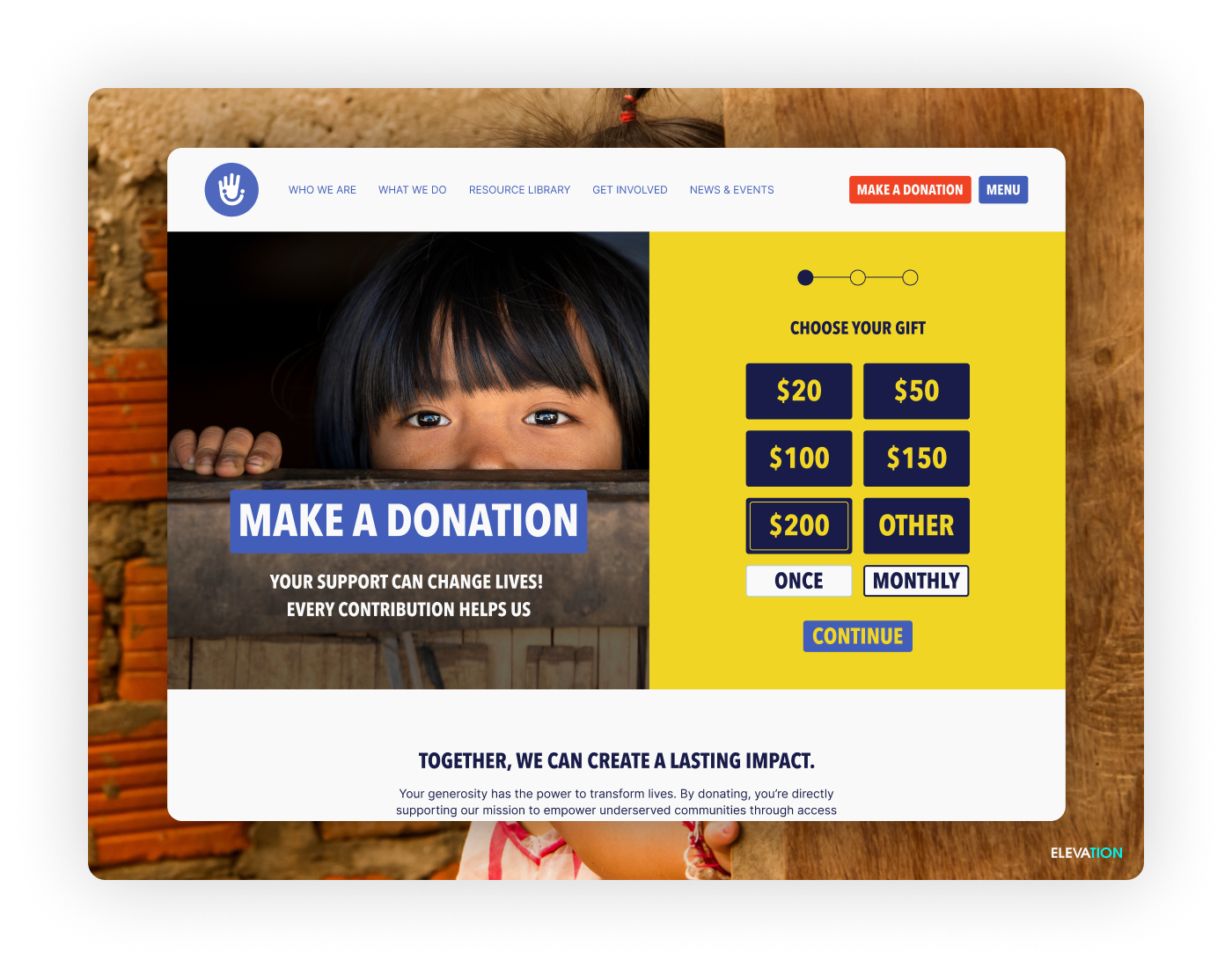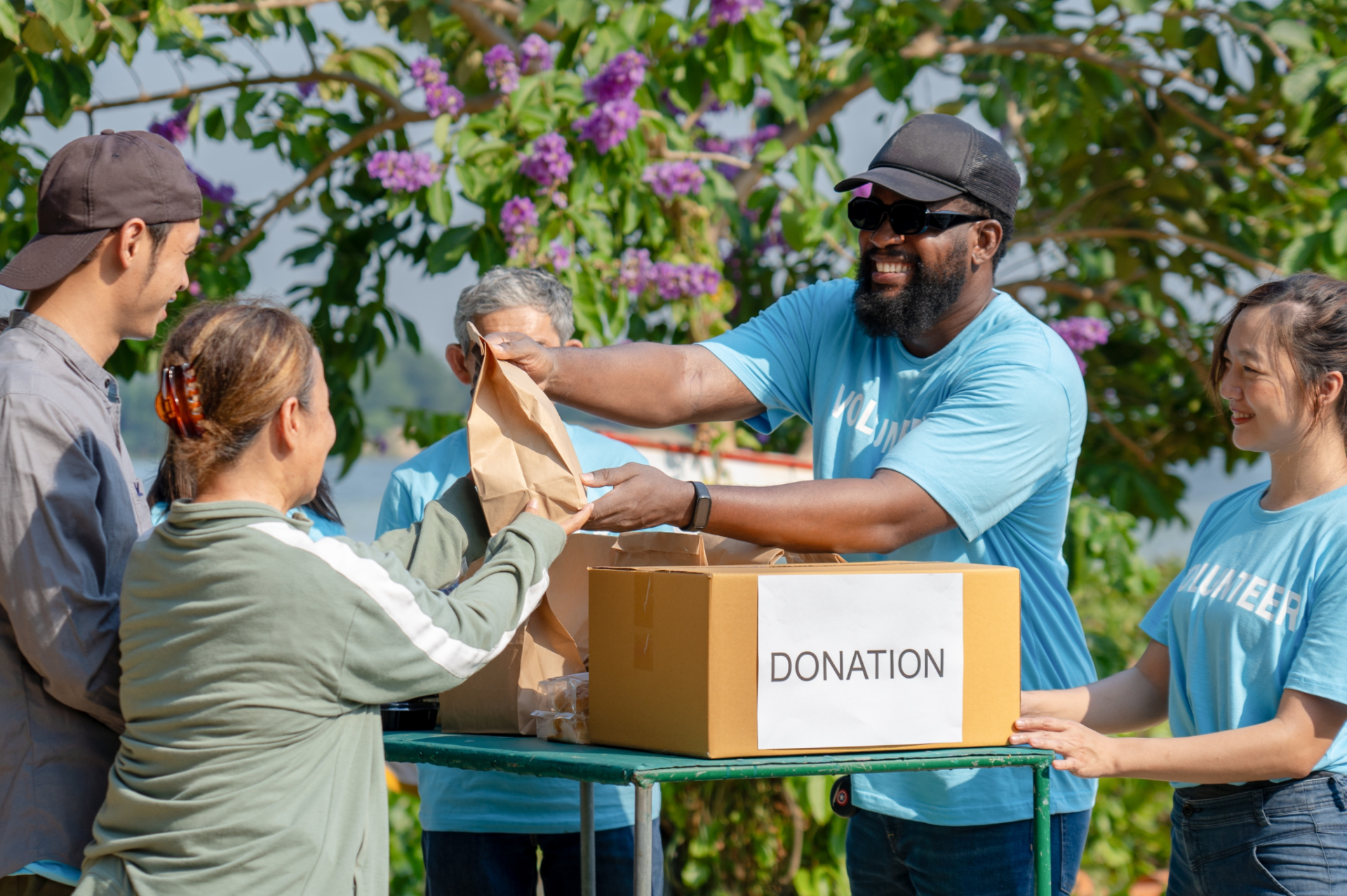Stewardship is at the core of a great fundraising strategy. It is what shows donors that the organization they’ve entrusted their money with is appreciative of the gift, has used it wisely, and that they’ve had an impact on the cause. Unfortunately, when donor stewardship is not given priority, many nonprofits lose donors over time.
Stewarding a donor is what a nonprofit organization does (or should be doing) from the time of the first gift — all the way through until that donor no longer has a relationship with the organization.
Cultivation versus Stewardship
Donor cultivation happens before the first donation as you’re getting to know potential donors. It is a process by which your organization develops an ever-stronger relationship with the donor, and it involves constant communication to deepen the relationship. Stewardship on the other hand, takes places after a donation.
Three Components of Good Donor Stewardship
The only way to truly steward your donors is to draw them into a deeper relationship with your organization. Deep relationships require some give and take, and greater association than simply giving money. There are many excellent things your nonprofit can be doing with stewardship, but three solid components include:
1. Communication – You’ve got to communicate with your donors in a way that isn’t simply asking them for money. Newsletters, e-mails, videos, podcasts, websites, non-ask events, etc. are all great ways to communicate with and steward your donors.
2. Get Your Donors Involved – Donors tend to stay connected with organizations that engage their minds, hearts and bodies in addition to their wallets. Ask your donors to volunteer, to serve on committees, to join your board. Get them active on behalf of your organization with participatory fundraising. Invite them to events and receptions just to say thank you. Get them involved.
3. Ask Them What They Think – When was the last time you asked your donors for suggestions on what you could be doing better? Have you held a donor roundtable or formed an advisory group? Call your donors and ask them for suggestions. Engage them. Show them you care about what they think and respect their suggestions and concerns.
What Happens When Donor Stewardship Is Not A Priority
If your organization isn’t actively stewarding your donors and prospects, you’ll run the risk of hurting the support for your nonprofit down the road. Some of the negative consequences might include:
- Donors become less engaged
- Donors unsure how their donations and support make a difference
- Donors forget about you
- Donors lose trust as they are unsure as to how their dollars are being used
- Donors don’t feel valued
- Donors give elsewhere
Remember, Good Donor Stewardship = Being Donor Centered
When thinking about donor stewardship it is important to remember that it’s all about the donor, not your organization. This doesn’t suggest that the work your nonprofit does is not important, but you need to make the success of your organization all about the donors.
When communicating with your donors, be sure that the language you use is “You” versus we. Language that makes the donor feel included and appreciated will help donors ultimately feel connected and most likely want to continue to give to your organization.
Do not underestimate the power of thanking your donors. Be sure to thank them. Thank them again and again and report to them the impact of their gifts.
Lastly, having solid nonprofit accounting and donor management software will help you manage your entire donor life-cycle from start to finish. In return, your organization will become more accountable, cultivate better relationships with your donors, raise more funds, and allow your nonprofit to fulfill its mission.



